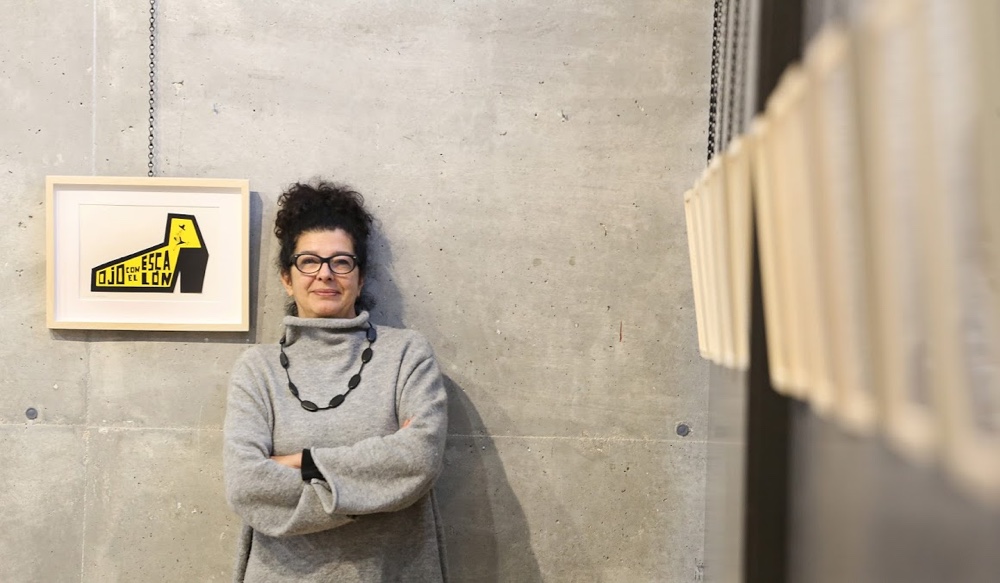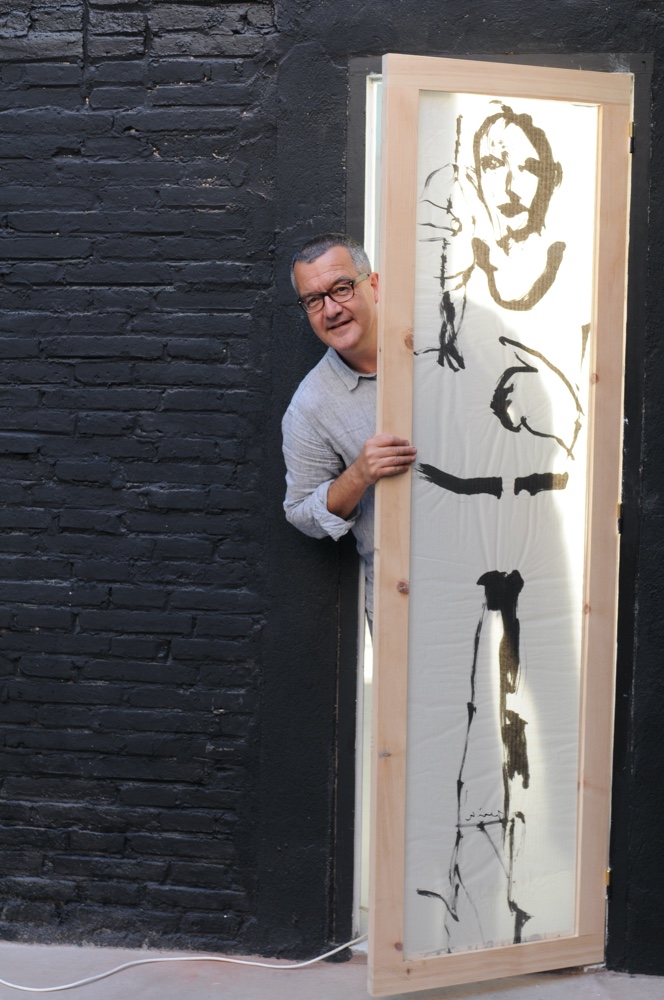‘It is time to raise the discourse on crafts.’ (Juan Carlos Santos)
Juan Carlos Santos is a marketing and design consultant, specialising in trend analysis. In his work, Juan has created a methodology based on an analysis of the symbolic discourse on objects and their function in the mediation of social relations, alongside the configuration of the social imaginary [‘the set of values, institutions, laws, and symbols common to a particular social group’]. Juan has developed various experimental projects in the field of avant-garde crafts in Brazil, Costa Rica, Spain and Portugal. He has coordinated the European Avant-Craft project and the Professional Congress of Crafts.

Juan Carlos Santos.

Here, in our people with character series, we talk with Juan about the state of craft in the modern era, including its relationship to luxury, technology and the global system.
The world is in the midst of a consumerist frenzy. What can we do to oppose fast fashion and fast design?
(JCS) The consumerist maelstrom is propitiated, to a large extent, by a social imaginary based on material satisfaction, and the expression of style and status through ostentation. Strategies are needed in order to transform this dominant social imaginary, and this is precisely the function of contemporary crafts: exploring new values, from an experiential and emotional perspective, that allow us to envision a new model of more ethical, human and sustainable development.
Contrary to what is often said, crafts will never replace industrial production. Contemporary craftsmanship is a social laboratory, where new ideas germinate and, when placed at the forefront, will end up ‘contaminating’ the prevailing mass production and consumption model. Handicraft has a testimonial function: it helps us change the way we feel, think and act.
Is craft the new luxury? How do you define luxury?
(JCS) For me, luxury is what the majority of the population desires, but it is only enjoyed by a minority—this stands as a reference and imitation model for the whole of society. In this way, luxury represents the values that shape the worldview of a society at a given time. And over time, such values fade and give rise to the birth of a new worldview.

The 2008 Armadillo prototype, designed by Luis Eslava, accompanied by the ‘Koi fabric’.
In this sense, it is necessary to distinguish between two types of luxury: ‘conventional luxury’, based on the display of dominant values as an expression of status, and ‘new luxury’, aimed at exploring new values. Crafts play a very important role in both types of luxury, but in a differentiated way. ‘Conventional luxury’ is based on a ‘sumptuous craftsmanship’ and is an expression of status afforded through exclusivity, personalisation and the excellence provided by manual manufacturing. ‘New luxury’ is articulated around a contemporary craftsmanship, based on the emotional creation of experiences, with a high conceptual level that transforms us.
How do you see our relationship with craft developing in the coming decade?
(JCS) Over the next decade, contemporary crafts will experience spectacular development. We are at the end of a cycle, characterised by a deep crisis of values and a growing distrust of political and social institutions. This is driving us to explore new identities in a more active, participatory and local way. And that is precisely the field of contemporary crafts.

In a global system, we see increasing uniformity in and commodification of craft and design. How do we champion authenticity, creativity and innovation in craft and craftsmanship?
(JCS) Handicraft is fashionable and, like any product or concept submitted to fashion, it is in a process of massification and banalisation—being used in a very perverse way by industrial companies, through marketing and advertising. I am not particularly worried about this situation, to the extent that I believe that true contemporary craftsmanship is not sold for the sake of being handmade, but for the sophisticated discourse of its products, and the consumer it addresses. This consumer is qualified enough to know how to identify and value such products—the biggest problem is finding this consumer.
In what ways can craft and craftsmanship contribute to Spain’s cultural growth?
(JCS) Contemporary craft plays a fundamental role in the revitalisation of local culture and identity, insofar as it tries to respond to the challenges posed by major sociocultural trends from a local perspective. In a way, contemporary craftsmanship reinterprets global trends, adapting them to our local culture, and launching original and differentiated proposals based on idiosyncrasies of the global market. By being at the forefront of the Orange Economy [also known as the Creative Economy], contemporary craftsmanship drives the development of a more advanced cultural industry—one based on design, it promotes a more sophisticated and differentiated image of Spain on the international scene.
We live in a technologically advanced and digital world. How can traditional craft and modern innovation/new technologies work together?
(JCS) As with luxury, there is great confusion about the concept of craftsmanship, usually associated with the manual production of traditional and folk products. In the last decade, I have carried out various market studies that have led me to segment the handicraft market into eight different typologies. One of these is the emergence of a contemporary, sophisticated and disruptive craftsmanship, that must embrace the new technologies shaping the future of our society: exploring possibilities in the field of design (CAD systems), production (digital printing), promotion (social networks), and marketing. The biggest challenge, however, lies in the fascinating dialogue between virtual and material reality, with the incorporation of augmented reality and simulation technologies.


How do we harness and empower the creativity, mindfulness and integrity of an artisan?
(JCS) I am convinced that the best strategy to recover and increase the competitiveness of the artisanal sector, is one based on cooperation. The level of design, innovation, quality and service demanded by the contemporary craft market is so high, that it is very difficult to address it individually (in a sector distinguished by the small size of its companies). It is necessary to promote local ecosystems that facilitate cooperation between designers, artisans, marketing and communication professionals, and marketing channels. But this also requires the development of a qualification system in each of these fields, appropriate to the special characteristics of the artisanal sector. A large number of the failures experienced by this sector have been caused by the application of management, marketing and production methodologies, more typical of the mass market—they are absolutely unsuitable for niche markets. And, above all, we must recover the teaching of artistic crafts.




















